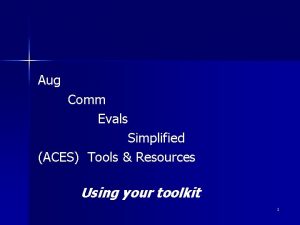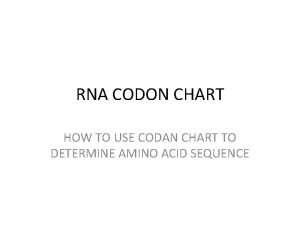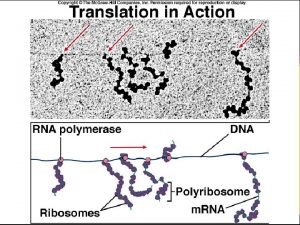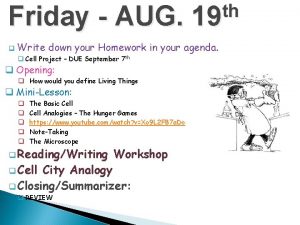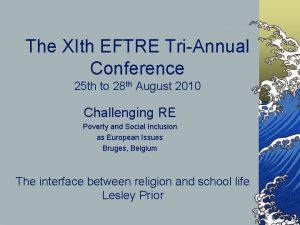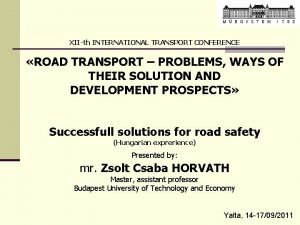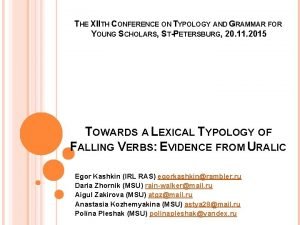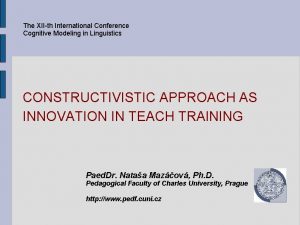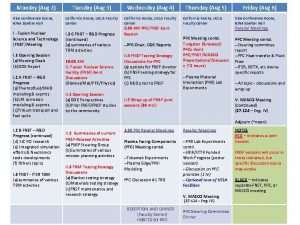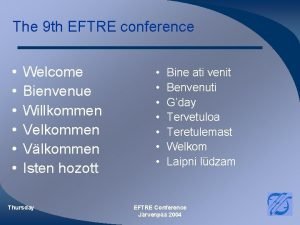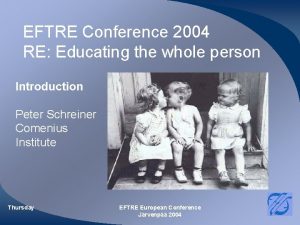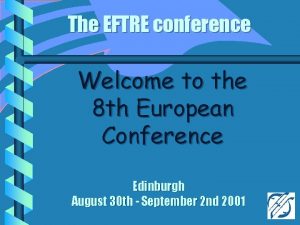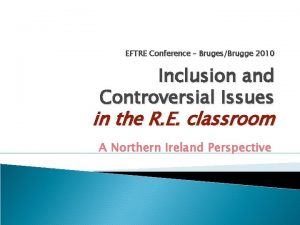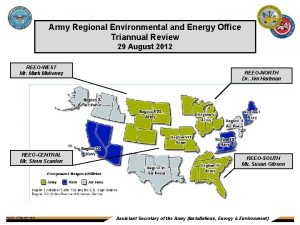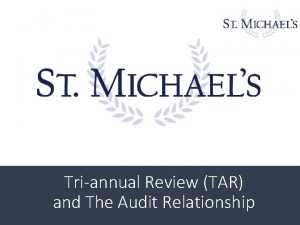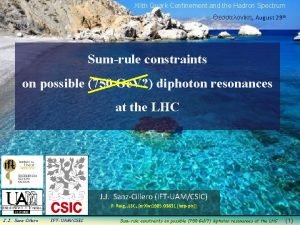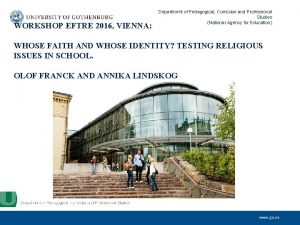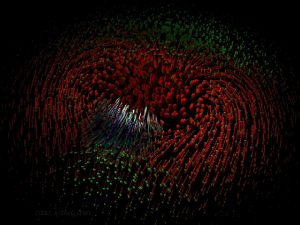The XIIth EFTRE TriAnnual conference Aug 21 st

















- Slides: 17

The XIIth EFTRE Tri-Annual conference Aug. 21 st to 24 th, 2013 Religions & Relationships: Dealing with Diversity Malmo, Sweden Dr Graeme Nixon, University of Aberdeen Scotland

Mindfulness and the Anatomy of Love Riverbank practice….

What mindfulness is not: emptying the mind religious stopping thought

‘Mindfulness is the awareness that emerges through paying attention in a particular way. . . - on purpose - in the present moment non-judgementally. . . …to the unfolding of experience moment by moment’ Jon Kabat-Zinn 2003 With curiosity and openness

Siegal, R. D. Germer, C. K. Olendzki, A. Mindfulness: What is it and where did it come from? In Didonna, F. (2009) The Clinical Handbook of Mindfulness, New York: Springer Consensus definitions: “self-regulation of attention so that it is maintained on immediate experience, thereby allowing for increased recognition of mental events in the present moment. ” “adopting a particular orientation toward one’s experience that is characterised by curiousity, openness and acceptance. ”

Not just meditation. . . Yoga, Tai chi, Chi gong Walking Washing the dishes Cycling Swimming Any activity we engage in But…deliberately setting time aside to practice bringing awareness to the experience

Settling the Monkey Mind. . . Our attention and experience is divided We are living in a world of thought We rob ourselves of precious life experiences We are shaped by habitual, reactive patterns

The perspectives of evolutionary psychology and history Pre-axial age Old Brain Post-axial age New Brain Fight Flight Freeze Self-attacking Self-isolation Self-absorption The universality of the Golden Rule?

Dukkha – unsatisfactoriness (the First Noble Truth) “most of the ills we suffer from are the result of settling down, not moving on; of trying to possess and exploit creation, instead of treating it with courtesy of passing guests”. (Holloway 2013)

“most of our troubles are due to our passionate desire for and attachment to things that we misapprehend as enduring entities. The pursuit of the objects of our desire and attachment involves the use of aggression and competitiveness as supposedly efficacious instruments. These mental processes easily translate into actions, breeding belligerence as an obvious effect. Such processes have been going on in the human mind since time immemorial, but their execution has become more effective under modern conditions. ”(Dalai Lama (1989) Ocean of Wisdom, Guidelines for Living, New York: Emery Printing)

Where is the Life we have lost in living? Where is the wisdom we have lost in knowledge? Where is the knowledge we have lost in information? (T. S Eliot, The Rock)

Some of the benefits of mindfulness practice: Relaxation and calming down. Remedying short attention span and improving concentration. Diminishing anxiety and low mood. Enhancing clarity of thinking. Combating impulsivity; recognizing that there is a space between ourselves and our actions Developing self-compassion and empathy for others Reducing stress and enhancing well being. Improving thinking, which is more effective and sustained. Freedom through self-awareness Resilience

Neuroscientific evidence: 4 areas of impact, all linked to increased activity and thickening of brain areas: 1. Sustained attention and better attentional control 2. Enhanced awareness 3. Emotional regulation, greater control over the limbic cortex, gives us more executive control. 4. Expanded sense of identity and greater sense of our connections to others Neuroscience provides objective evidence that supports first

Acceptance and self-compassion

“As clients learn to observe, consciously and non judgementally, their habitual action tendencies, it becomes possible to experiment with developing new more adaptive tendencies” (Reach as developmental tendency , Pat Ogden)

Learning by doing?

 Translation
Translation Aug comm device
Aug comm device Codan table
Codan table Elongering
Elongering El filibusterismo agosto 6 1891
El filibusterismo agosto 6 1891 Words with root amo
Words with root amo Aug q
Aug q Lp html
Lp html Số nguyên tố là
Số nguyên tố là Phối cảnh
Phối cảnh đặc điểm cơ thể của người tối cổ
đặc điểm cơ thể của người tối cổ Các châu lục và đại dương trên thế giới
Các châu lục và đại dương trên thế giới Chụp phim tư thế worms-breton
Chụp phim tư thế worms-breton Thế nào là hệ số cao nhất
Thế nào là hệ số cao nhất Sơ đồ cơ thể người
Sơ đồ cơ thể người ưu thế lai là gì
ưu thế lai là gì Tư thế ngồi viết
Tư thế ngồi viết Cái miệng nó xinh thế
Cái miệng nó xinh thế

